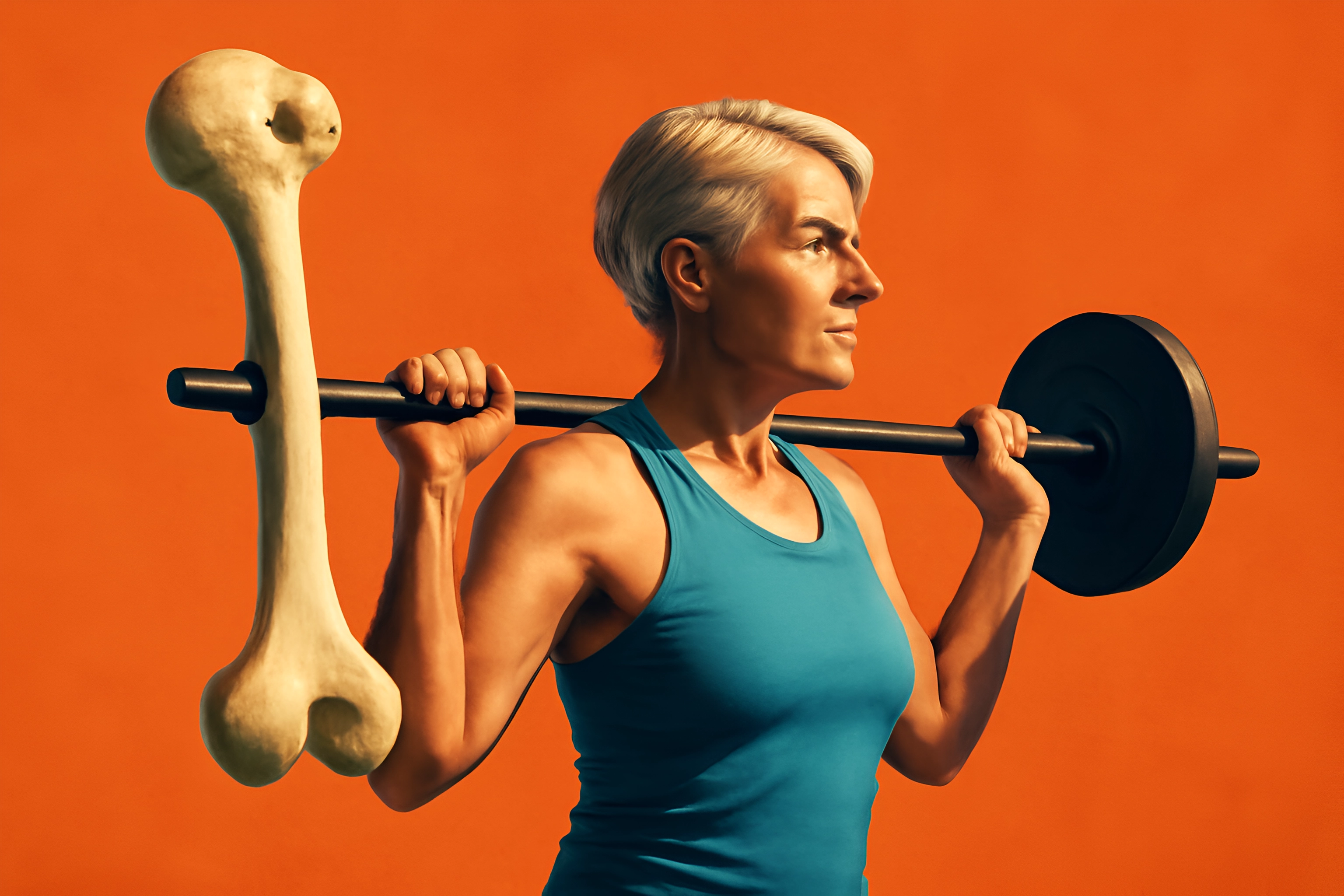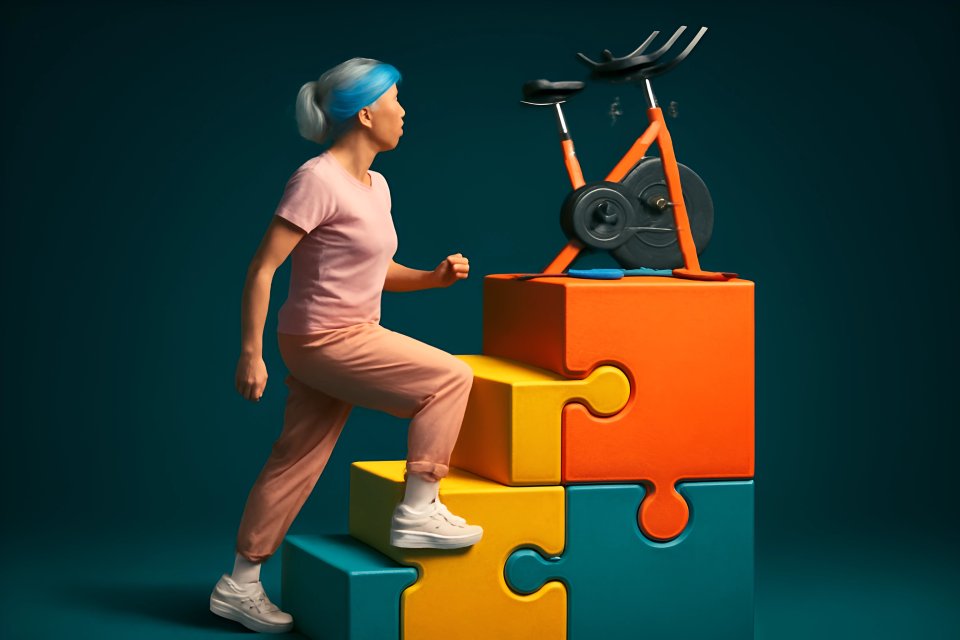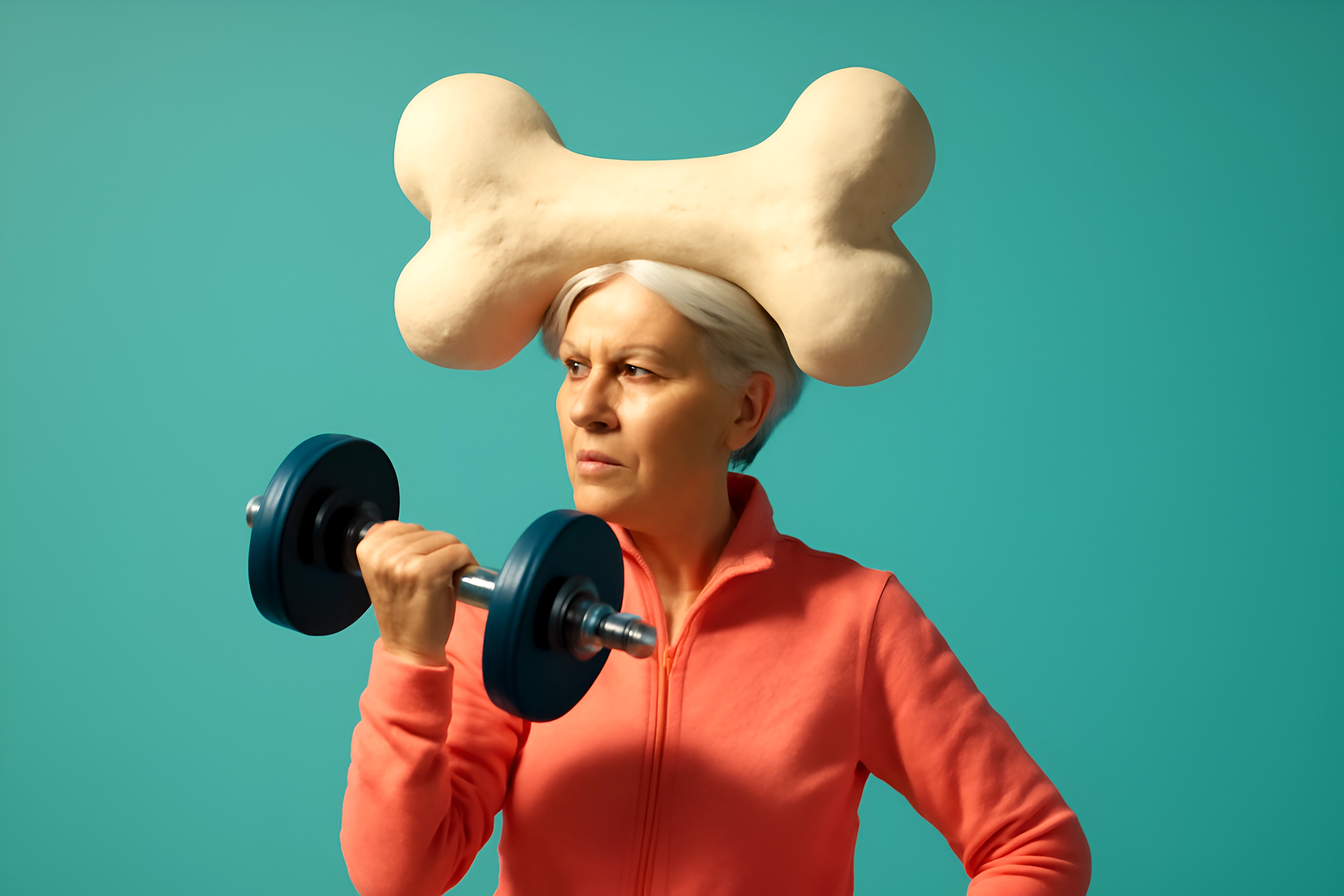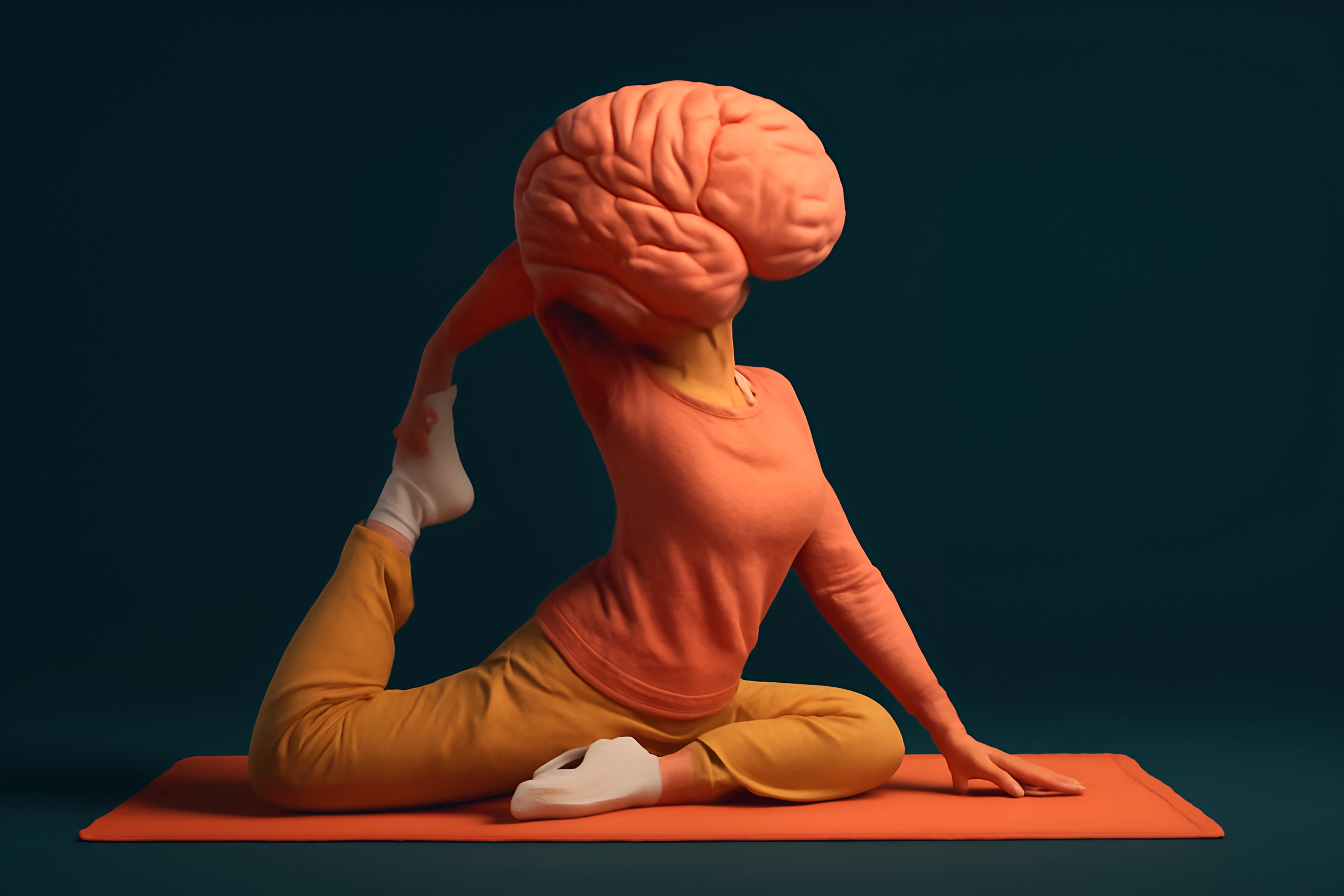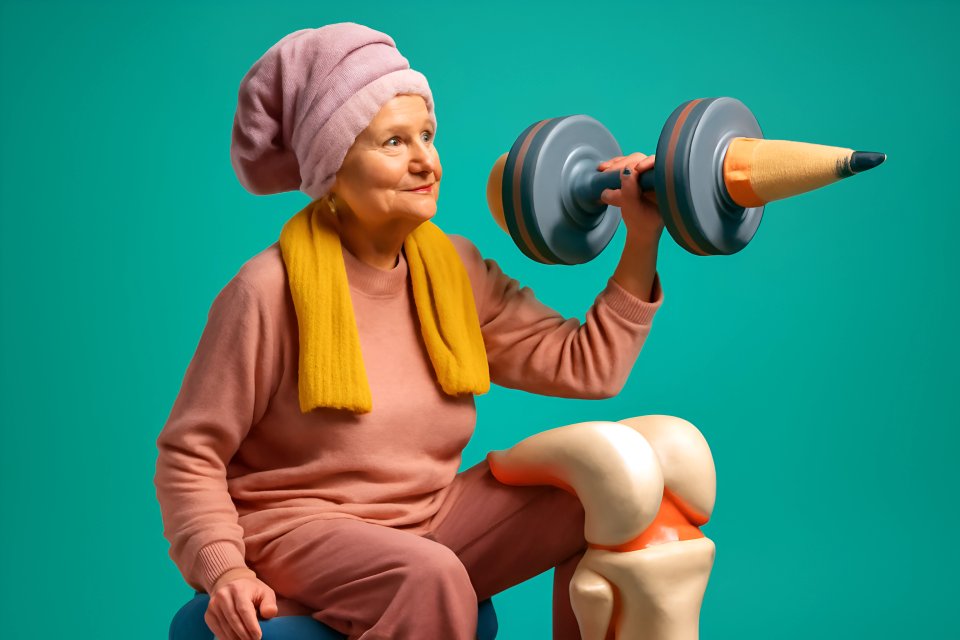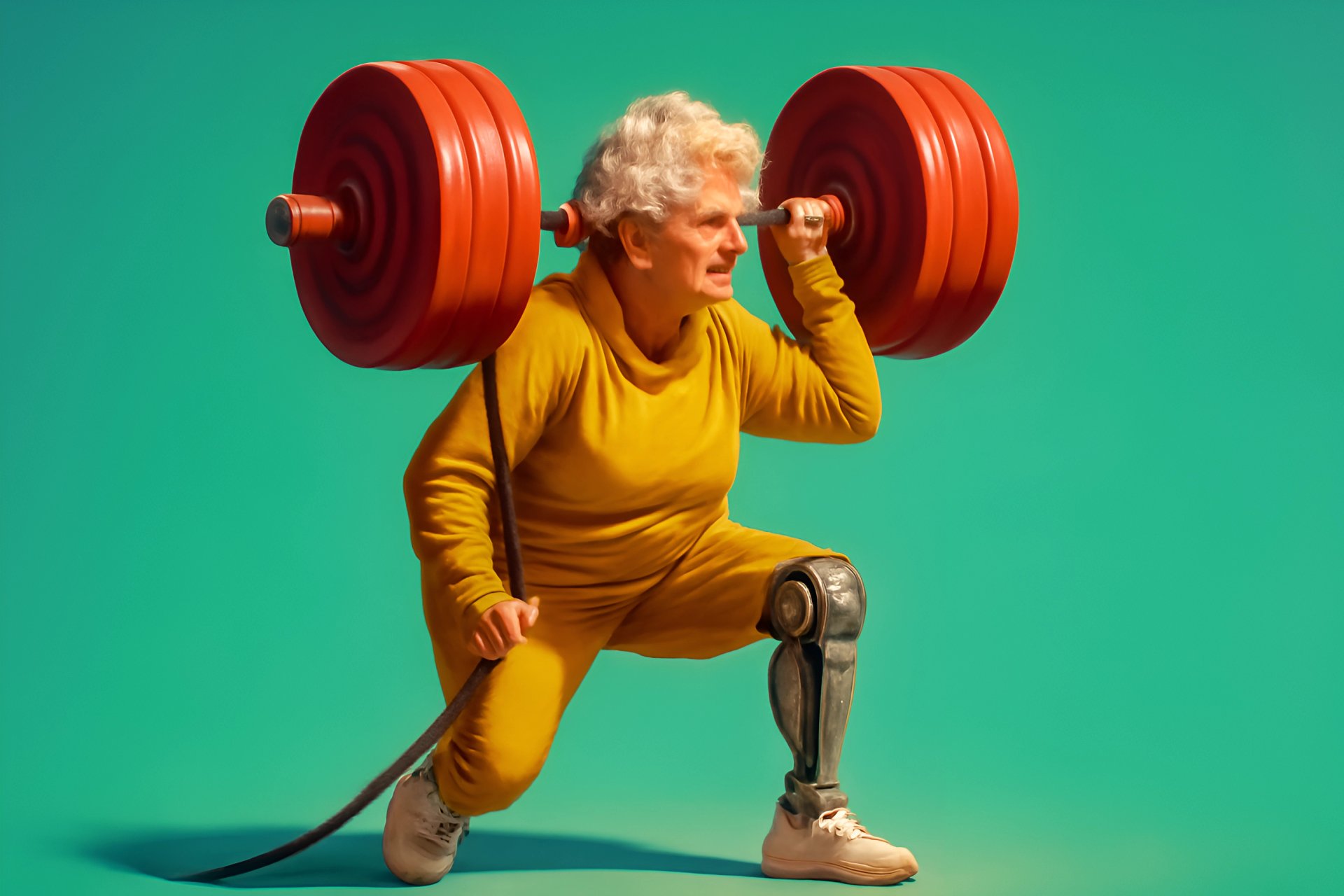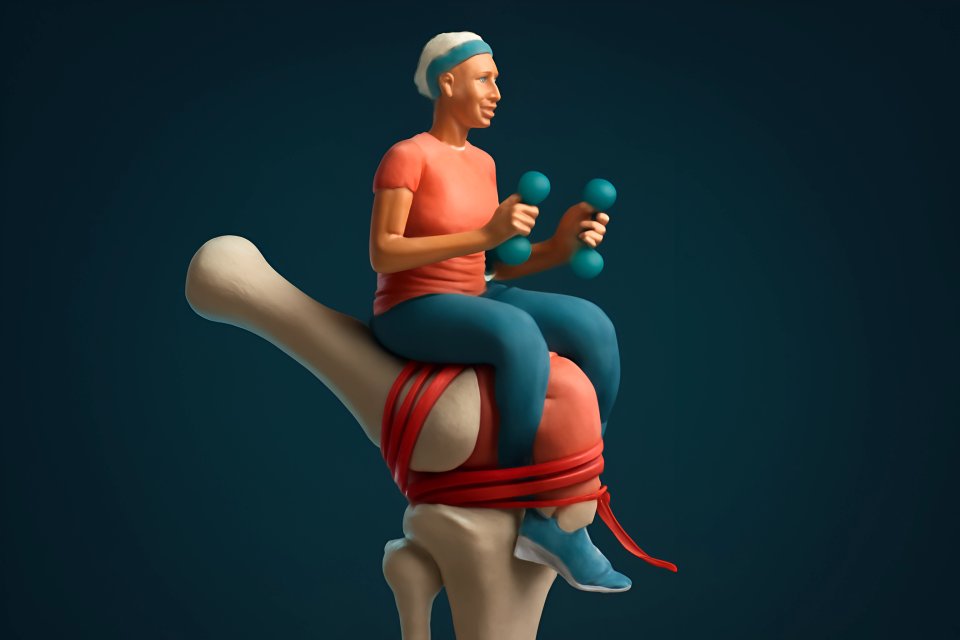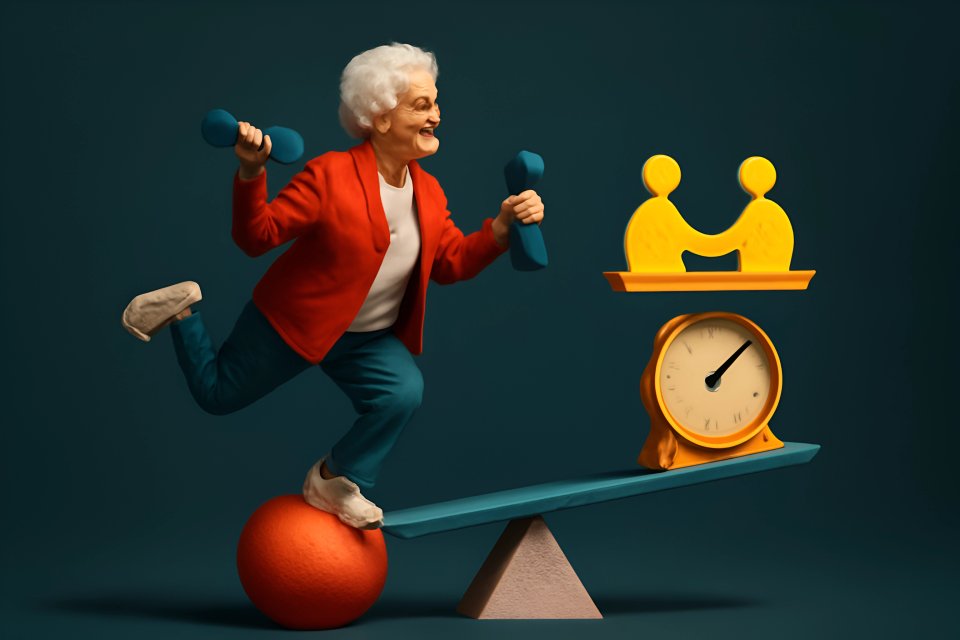
Introduction: Redefining "Aging Gracefully"
What if "aging gracefully" wasn't about slowing down, but about building a powerful partnership between your body and your mind? For too long, we’ve been sold a passive idea of aging—one of quiet acceptance and gradual decline. But what if the most graceful thing you could do was to actively build strength, cultivate mental clarity, and take powerful control of your future?
True vitality after 50 comes from an integrated approach that honors the unbreakable connection between physical power and mental peace. It’s not just about lifting weights in the gym or just about meditating on a cushion; it's about the incredible synergy that happens when you do both. This is where you unlock a new level of energy, resilience, and joy that you may have thought was behind you.
This article is your practical roadmap to forging that powerful alliance. Forget complicated routines and abstract concepts. You will walk away with simple, actionable strategies to combine foundational strength training with effective mental wellbeing practices, building physical resilience, enhancing cognitive health, and cultivating a positive, forward-looking mindset for the years ahead.
The Unbreakable Link: Why Your Muscles and Mind Thrive Together
Have you ever noticed how a good workout can clear your head, or how a calm mind can help you push through a physical challenge? That’s not a coincidence; it’s biology. Your physical strength and your mental state are in constant conversation, and understanding this is the first step in mastering your own wellbeing through holistic aging strategies.
The science is clear: when you engage in strength training, you do more than build muscle. You increase blood flow to the brain and trigger the release of a powerful protein called brain-derived neurotrophic factor (BDNF), which acts like fertilizer for your neurons, supporting their growth and survival. As noted by researchers at the University of New Mexico, resistance training improves mental health by enhancing central nervous system function and neurotransmitter activity, directly fighting cognitive decline.
Conversely, a calm, focused mind builds a stronger body. Practices like mindfulness and deep breathing reduce cortisol, the stress hormone that can actively break down muscle tissue and store fat. By lowering stress, you create an internal environment where your muscles can recover and grow more efficiently, your focus sharpens for better exercise form, and your motivation stays high. You simply cannot nurture one without actively supporting the other.
Pillar One: Building a Foundation of Strength
Let’s be direct: after 50, strength training is not a luxury; it’s a necessity for maintaining your independence and quality of life. This isn't about vanity. This is about having the power to lift your own groceries, play with your grandkids, and avoid devastating falls. It's about taking control of your physical destiny.
The benefits go far beyond muscle. According to experts at Landmark Health, strength training is the most effective defense against sarcopenia—the age-related muscle loss that accelerates after 50. It also improves bone density, boosts a slowing metabolism, and enhances balance. A comprehensive review from Human Kinetics highlights that consistent training can not only halt but also reverse significant muscle loss, making it a powerful tool for vitality.
You don't need a complicated gym routine to start reaping these rewards. Begin with the FitOverFifty Foundational 4, a simple and safe series of movements you can do at home. These include Bodyweight Squats for leg strength, Wall Push-ups for upper body stability, Resistance Band Rows for posture, and Glute Bridges for lower back support. For those ready to build on these basics, our guide to adaptive resistance training for seniors offers the perfect next step.
Getting Started Safely
Your safety is paramount. Before you begin any new routine, it's crucial to consult with a healthcare professional. Always start your sessions with a 5-minute warm-up, like marching in place or gentle arm circles, to prepare your muscles and joints for movement.
Focus on your form, not on the amount of weight you're lifting or the number of repetitions you're doing. A single, perfectly executed squat is far more beneficial—and safer—than ten sloppy ones. Your body is your best guide; listen to it. If you feel sharp pain, stop immediately.
Remember, consistency trumps intensity every time. A short, 15-minute session three times a week is more effective than one grueling hour that leaves you sore and unmotivated. For those managing existing conditions, our guide on gentle workout modifications for seniors recovering from injury provides essential tips for adapting these exercises safely.
Pillar Two: Cultivating Mental and Emotional Wellbeing
A strong body is an incredible asset, but a resilient mind is what truly allows you to navigate the challenges and opportunities of life after 50. Cultivating mental and emotional wellbeing doesn't require hours of silent meditation. It requires small, consistent practices that anchor you in the present and give you tools to manage stress.
Start with mindfulness in minutes, not hours. The 3-Minute Mindful Breath is a powerful tool: simply sit comfortably, close your eyes, and focus all your attention on the sensation of your breath entering and leaving your body. Another technique is the Body Scan, where you mentally scan from your toes to your head, simply noticing any sensations without judgment. These simple acts can dramatically reduce immediate stress and are explored further in our guide to mindfulness and meditation techniques for stress relief over 50.
Beyond the mat, you can integrate powerful stress management techniques into your day. Try the "Worry Window," a designated 10-minute period where you allow yourself to think about your anxieties, containing them so they don't bleed into your entire day. Also, never underestimate the power of nature; a short walk outside has been proven to boost mood and cognitive function. A 2019 meta-analysis in Health Promotion Perspectives confirmed that resistance training significantly improves mental health-related quality of life, and combining it with these mindfulness practices amplifies those benefits.
The Synergy in Action: Weaving Your Two Pillars Together
This is where the magic happens. The real power isn't in just doing strength training and mindfulness; it's in weaving them together until they become one seamless practice. This is the core of our philosophy and the key to unlocking a truly vibrant and resilient you.
First, practice Mindful Movement. Turn your workout into a moving meditation. Instead of rushing through your repetitions, slow down and pay deep, deliberate attention to the physical sensations. During a resistance band row, feel the muscles in your back contracting. During a squat, feel your feet firmly planted on the floor. This not only makes the workout more effective but also trains your brain to stay focused and present.
Next, use your workout as a Mental Reset. Frame your exercise time not as another task on your to-do list, but as a dedicated appointment to process your day or release pent-up frustration. Let the physical exertion be a healthy outlet for stress. This transforms your routine from a chore into a powerful act of self-care, a concept we explore in our guide to integrative approaches for stress-free living.
Finally, "bookend" your workouts with mindfulness. Before you begin, take two minutes for a breathing exercise to set an intention for your session. After you finish, perform a two-minute body scan to notice how your body feels—the warmth, the tingling, the sense of accomplishment. This simple ritual powerfully connects your physical effort with your mental state, reinforcing the positive feedback loop between them.
Your Blueprint for an Integrated Week
Making this a reality can feel overwhelming, so let's make it simple. Here is a sample blueprint for an integrated week. Think of this not as a rigid set of rules, but as a flexible template you can adapt to your own life and energy levels.
| Day | Activity |
|---|---|
| Monday | Strength Training (Foundational 4) + 3-Min Mindful Breath post-workout. |
| Tuesday | Brisk 20-minute walk in nature. |
| Wednesday | Strength Training (Foundational 4) with a focus on Mindful Movement. |
| Thursday | Active Rest: Gentle stretching or yoga. |
| Friday | Strength Training (Foundational 4) + 5-min journaling on how you felt. |
| Weekend | Active hobbies, social connection, and rest. |
The goal here is consistency, not perfection. If you miss a day, don't worry about it—just get back on track the next. The most important thing is to start building the habit of seeing your physical and mental health as two sides of the same coin.
This schedule is designed to be a starting point. As you grow stronger and more confident, you can explore more options. Our guide on how to build a low-impact exercise routine over 50 is the perfect resource for expanding your fitness horizons safely and effectively.
Conclusion: Your Journey to a Vibrant Future
We've covered the unbreakable link between your mind and your muscles, and laid out a clear path to strengthen both. The power of combining simple, foundational strength exercises with practical, accessible mindfulness techniques is the key to redefining what it means to age. It’s not about passively accepting what comes; it’s about actively building the future you want.
This is the FitOverFifty philosophy in action. Aging is an opportunity for immense growth, and taking command of your physical and mental health is the single most powerful investment you can make in yourself. You have the tools. You have the knowledge. The journey to a stronger, clearer, and more vibrant you starts not tomorrow, but with the very next choice you make.
What is one small step you can take this week to connect your fitness routine with your mental wellbeing? Share your ideas in the comments below—we’d love to learn from you!





